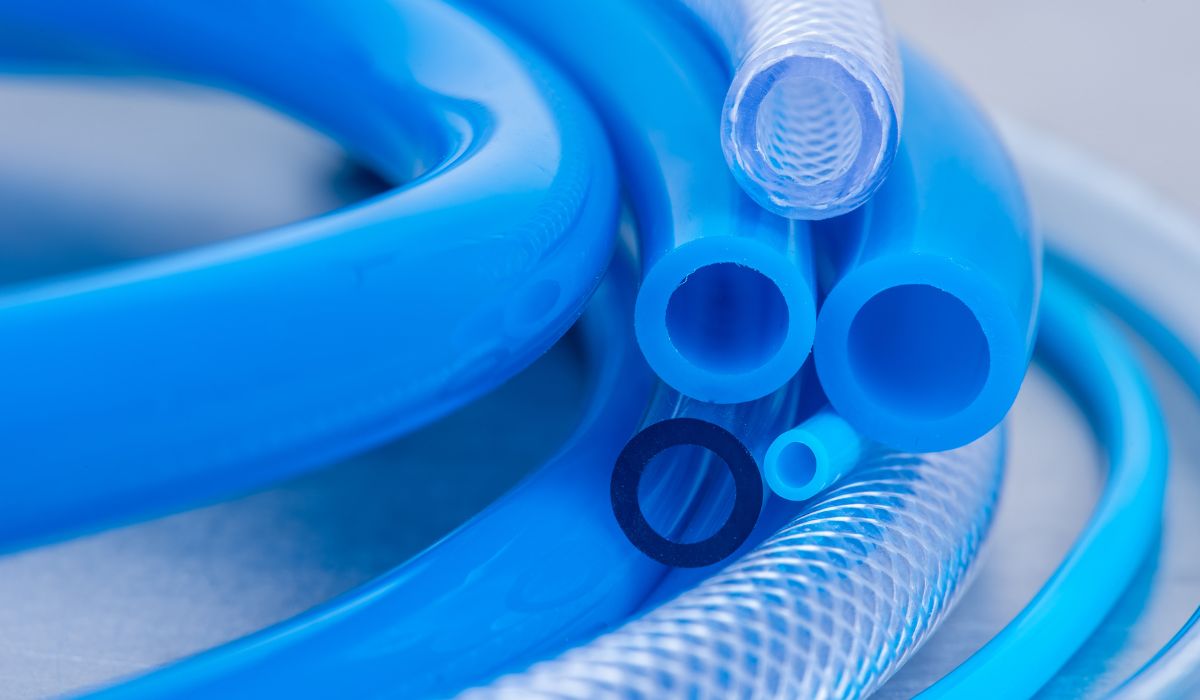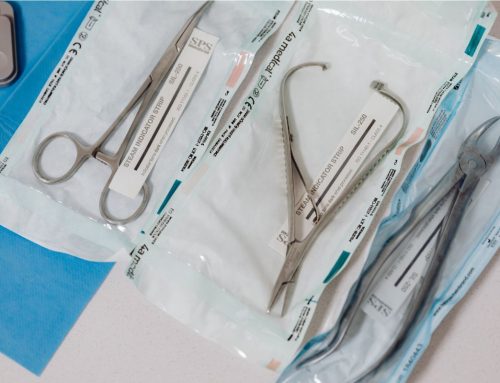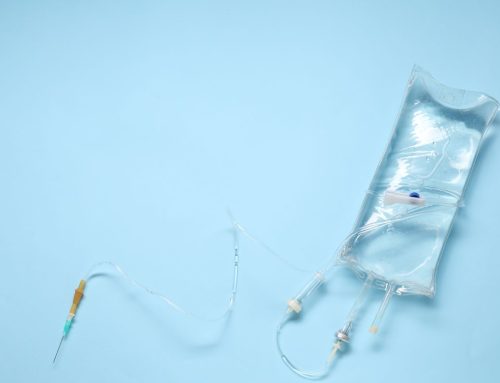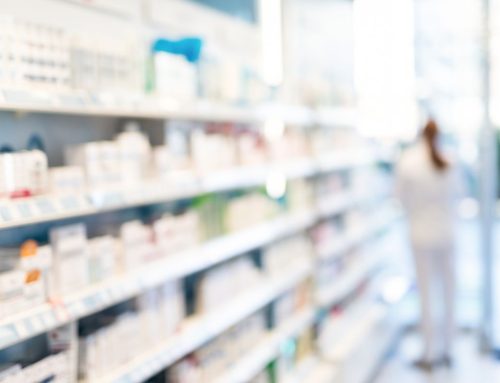For many years, polyvinyl chloride (PVC) has been a material of choice for a number of critical medical applications. Some ways PVC medical products are used in healthcare include:
- endotracheal tubing and nasal cannulas,
- blood bags,
- oxygen, laryngeal and anesthetic masks,
- waterproof mattress covers, and
- personal protective equipment such as vinyl gloves.
At Midwest Rubber Company, we expect to see ongoing growth in the PVC market. Here’s what you need to know about the history of this remarkable material.
Invention of the Blood Bag
PVC was first used in 1947 when a plastic blood bag was developed to replace the use of glass blood bottles. Not only did it prevent breakage and waste, it also reduced contamination risks. Moreover, a PVC bag could be dropped from the air, so the invention helped save thousands of military lives.
In addition, using PVC for blood bags revolutionized blood collection and preparation processes. That’s because the bags could tolerate the high G-force of the centrifuge used to separate blood, which meant faster, simpler production of plasma, platelet concentrates, and red blood cells.
Use of PVC in Medical Environments
Polyvinyl chloride is widely used in medical environments and accounts for approximately 30% of all plastic healthcare products. Polypropylene, polyethylene, polystyrene, and ABS are also popular medical polymers whose use began replacing other materials used in medical devices during WWII. Glass, metal, ceramics, and rubber all required extensive cleaning and sterilization between uses. Still, PVC and other plastics allowed manufacturers to produce safe, single-use devices at a low enough cost that they could be disposable. This significantly reduced the risk of cross-contamination and contributed to improved patient outcomes.
The material is also used to manufacture PVC medical products such as specimen collection bags and oxygen tents. PVC’s high bond strength enables it to be welded together or joined to other plastics with a heated tool or vibration welding, which means it can be used for these purposes without requiring adhesives. And because it’s thermally responsive, tubes can be manufactured rigid enough for insertion, but they will rapidly soften once exposed to the patient’s body heat. This helps to reduce the trauma experienced during use and removal.
Better Patient Outcomes
In addition to reducing contamination and infection risks, the smoothness of PVC medical products made testing and treatment less painful for patients. Its durability made frequent replacement of catheters, cannulas, and IVs unnecessary, which helped reduce patient trauma and increased safety. What’s more, PVC withstands a range of temperatures, retaining its sturdiness, elasticity, and toughness even at low temperatures.
Methods of Sanitization
Although many PVC medical products are intended for single use only, there are some instances in which sanitization is appropriate. For example, PVC is used as a component of metal medical instruments, which may require sterilization by steam, radiation from electron beams or gamma rays, autoclaving, or ethylene oxide. Devices containing PVC retain flexibility and durability during these processes.
Sustainable Disposal
One of the main controversies surrounding the use of any type of plastic material is its disposal. During COVID-19, single-use items of every sort resulted in mountains of hospital waste. The ability to recycle materials or dispose of them sustainably is critical to the long-term use of the product. PVC scores high in this respect, with studies showing it can be recycled up to 10 times without adding any new material. PVC cycling is already widely practiced in Europe and Australia, and gaining ground in the U.K. and U.S.
The Future of PVC in Healthcare
Despite calls to eliminate plastics in most industries, PVC remains a very popular choice in healthcare. According to a 2021 report by Research And Markets, the value of the global polyvinyl chloride (PVC) market is projected to reach $87.2 billion by 2027. A more recent study from Global Market Insights shows PVC is the most widely-used polymer in single-use medical device manufacturing, and it will continue to hold its position until at least 2027.
For more information on manufacturing PVC medical products, please contact us at 810.376.2085.



